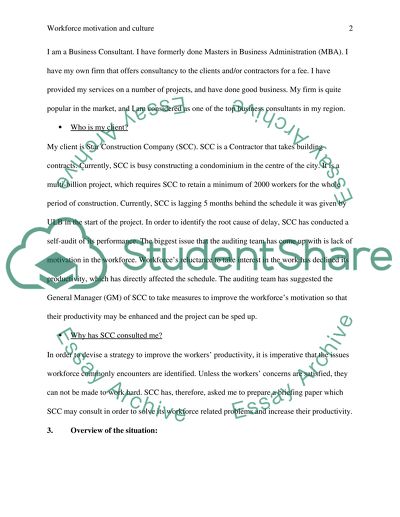Cite this document
(“Commiuncation in business - case study Essay Example | Topics and Well Written Essays - 2750 words”, n.d.)
Retrieved from https://studentshare.org/environmental-studies/1405416-commiuncation-in-business-case-study
Retrieved from https://studentshare.org/environmental-studies/1405416-commiuncation-in-business-case-study
(Commiuncation in Business - Case Study Essay Example | Topics and Well Written Essays - 2750 Words)
https://studentshare.org/environmental-studies/1405416-commiuncation-in-business-case-study.
https://studentshare.org/environmental-studies/1405416-commiuncation-in-business-case-study.
“Commiuncation in Business - Case Study Essay Example | Topics and Well Written Essays - 2750 Words”, n.d. https://studentshare.org/environmental-studies/1405416-commiuncation-in-business-case-study.


